Hey guys,
I'm not having much luck in the general forum but thought I would ask if someone has encountered anything like this.
My tank is SPS dominant. I just started putting corals into the tank about 6-8 weeks ago. I always use Bayer dip. I don't quarantine in another tank as of yet. However, after this I may need to consider doing that as well.
I have a mix of SPS including montis, birdsnest, stylos, and of course acros.
Over the last 2 weeks I have noticed significant polyp reduction and slow deterioration of all of my birdsnest and stylophora species. I have not noticed significant effect on acros, pocilloporas, or montis yet.
When I removed the colonies there is one species that I noticed come off the coral. They don't come off in vast quantities either but they are definitely the dominant species noted. They look like copepods but they are gray in color. I see them hanging around on the substrate as well (my tank is bare bottom / starboard). I bought a cheap amazon microscope as well to help ID this thing.
I took pics with my iphone and this scope. Sorry for the poor quality. I am including pics of the frags/colonies affected and the bug in question.
My water parameters:
Alk 7.6 - 8.0
Ca 420
Mg 1320
pH 8.3
Salt 34.5
Example of frags affected:
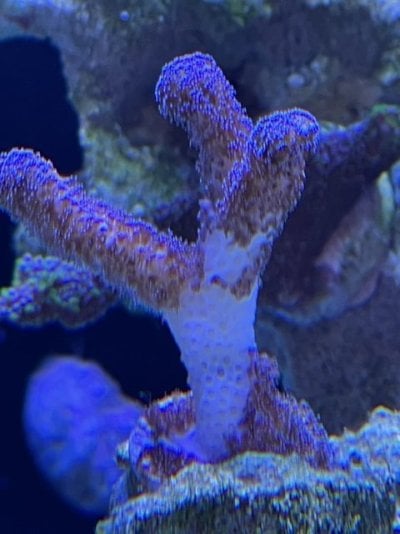
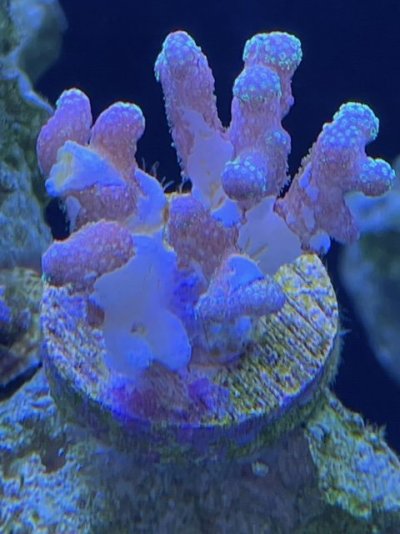
Example of Acros so far unaffected:
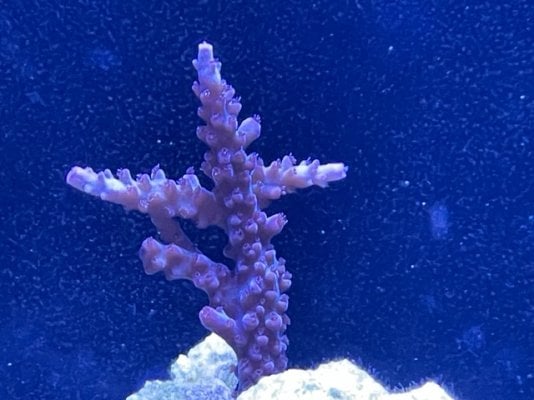
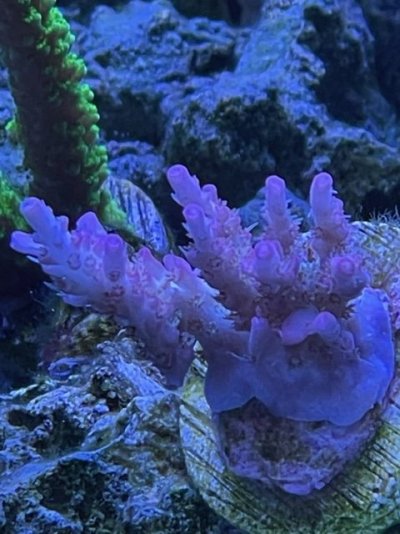
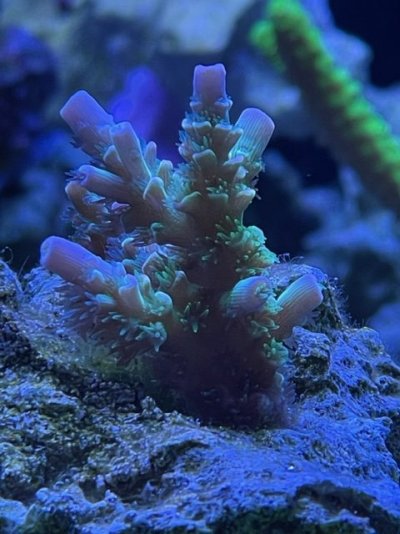
Bug in question:
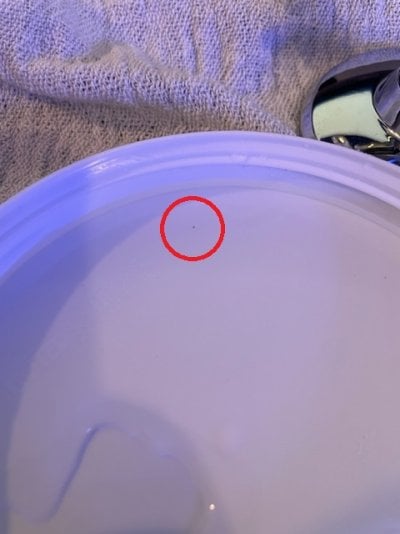
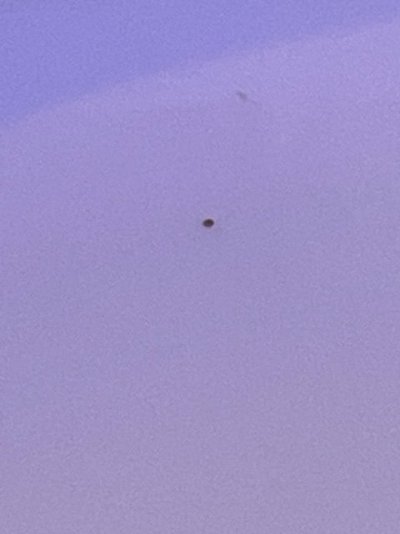
I'm not having much luck in the general forum but thought I would ask if someone has encountered anything like this.
My tank is SPS dominant. I just started putting corals into the tank about 6-8 weeks ago. I always use Bayer dip. I don't quarantine in another tank as of yet. However, after this I may need to consider doing that as well.
I have a mix of SPS including montis, birdsnest, stylos, and of course acros.
Over the last 2 weeks I have noticed significant polyp reduction and slow deterioration of all of my birdsnest and stylophora species. I have not noticed significant effect on acros, pocilloporas, or montis yet.
When I removed the colonies there is one species that I noticed come off the coral. They don't come off in vast quantities either but they are definitely the dominant species noted. They look like copepods but they are gray in color. I see them hanging around on the substrate as well (my tank is bare bottom / starboard). I bought a cheap amazon microscope as well to help ID this thing.
I took pics with my iphone and this scope. Sorry for the poor quality. I am including pics of the frags/colonies affected and the bug in question.
My water parameters:
Alk 7.6 - 8.0
Ca 420
Mg 1320
pH 8.3
Salt 34.5
Example of frags affected:


Example of Acros so far unaffected:



Bug in question:


Last edited:



















